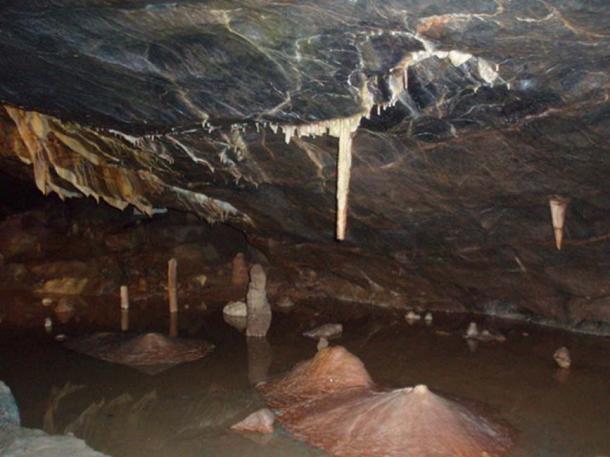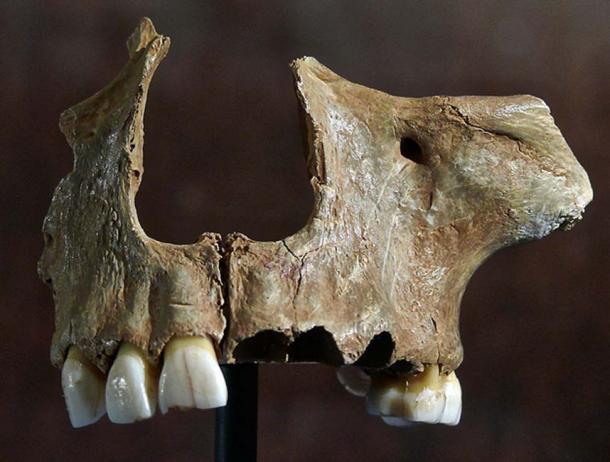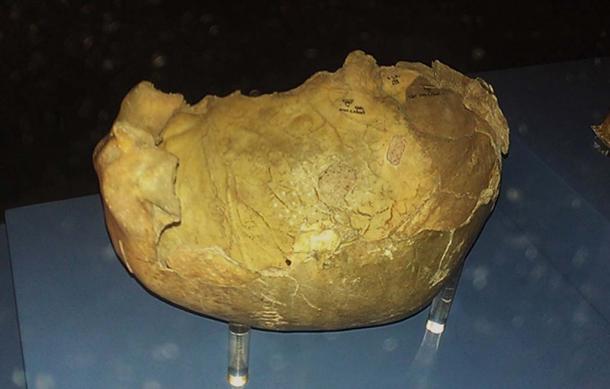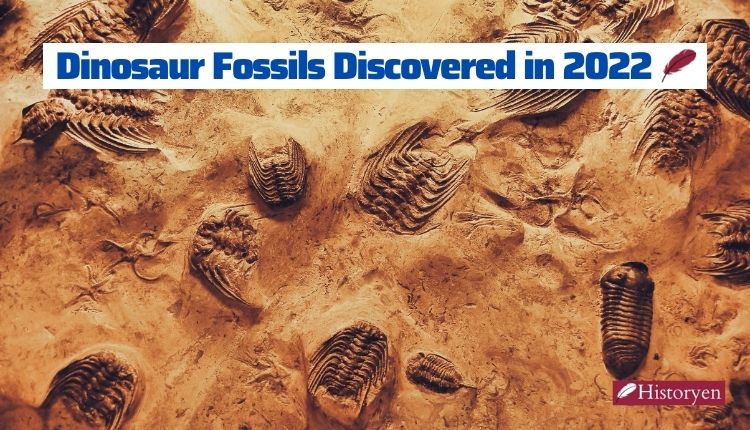Introduction
The enigmatic tale of Cheddar Man unfolds within the depths of Gough’s Cave, nestled in the captivating Cheddar Gorge of Somerset, England. This intriguing archaeological discovery, dating back to the Mesolithic period, adds an ancient layer of mystery to human history. A relic buried in obscurity, Cheddar Man’s story came to life in the turn of the 20th century, leaving us both perplexed and intrigued.
A Glimpse into the Past

Cheddar Man’s unearthed remains, discovered in 1903, lay concealed 20 meters within Gough’s Cave, concealed beneath layers of time. An isolated burial near the cave’s entrance offers a portal to the past, suggesting his existence nearly 9000 years ago, during the Mesolithic epoch. Despite the passage of time, our understanding of this prehistoric figure remains veiled, obscured by limited research conducted since his initial discovery.
Unveiling the Connection
In 1914, an article titled “The Cheddar Man: A Skeleton of Late Paleolithic Date” surfaced, intriguingly dating Cheddar Man to the Late Paleolithic era—preceding his actual Mesolithic origins by several millennia. The paper’s authors scrutinized his skeletal dimensions, delving into the measurements of his skull and comparing them to other prehistoric specimens. These analyses extended to his teeth and limb bones, offering a more holistic glimpse into his life.
A Genetic Revelation

The astonishing revelation of Cheddar Man’s genetic connection to the modern world unfolded in the most unexpected manner. The DNA of Adrian Targett, a 42-year-old contemporary individual, echoed the genetic signature of Cheddar Man. This imprint, passed maternally from generation to generation, intricately linked Targett and Cheddar Man, making them part of an ancestral lineage rooted in the same geographic expanse. Targett’s family, comprising 46 individuals, chose to remain in their ancestral homeland—further strengthening the bond across the ages.
Unveiling the Hidden Treasures

Cheddar Gorge, a treasure trove of prehistoric remains, brings forth a rich tapestry of ancient life. Not solely the tale of Cheddar Man, but also the bones and remnants of others who once walked these lands. The site, often hailed as “Britain’s prime site for Paleolithic human remains,” reveals stories beyond imagination. Among these tales, the discovery of three cups hewn from the skulls of adults and a three-year-old child ignites the imagination. These cups, crafted through a traditional artistry, unveil practices and beliefs of a bygone era.
Echoes of Cannibalism
Examining the remains found, echoes of a grisly practice resonate—the presence of butchered bones suggesting cannibalistic behaviors among these prehistoric people. A chilling realization that the lives and rituals of these ancient beings were far more complex than initially assumed.
Conclusion
Cheddar Man, a name echoing through the annals of time, embodies an enigma that challenges our understanding of history. His discovery in Gough’s Cave beckons us to uncover more, to delve deeper into the lives of those who shaped our past. As we peer through the veil of time, we glimpse fragments of a narrative woven with mysteries and revelations that continue to captivate our imaginations.
FAQs:
- Was Cheddar Man’s DNA a unique case, or are there similar discoveries?
- Cheddar Man’s DNA is a unique case, but ongoing research continues to unveil surprising details about ancient populations.
- How does Cheddar Man’s journey to Europe change our understanding of migration?
- Cheddar Man’s migration challenges conventional narratives, highlighting the intricate paths early humans took to populate different regions.
- What role did Doggerland play in Cheddar Man’s migration?
- Doggerland, an ancient land bridge, served as a route for Cheddar Man’s journey, connecting the Middle East to Europe.
- How has the artistic representation of Cheddar Man influenced public perception?
- The bust of Cheddar Man challenges stereotypes, fostering a deeper understanding of the complexity of human appearance.
- What broader implications do Cheddar Man’s revelations have in the study of human evolution?
- Cheddar Man’s revelations prompt a reevaluation of assumptions, emphasizing the dynamic nature of human evolution and genetics.



